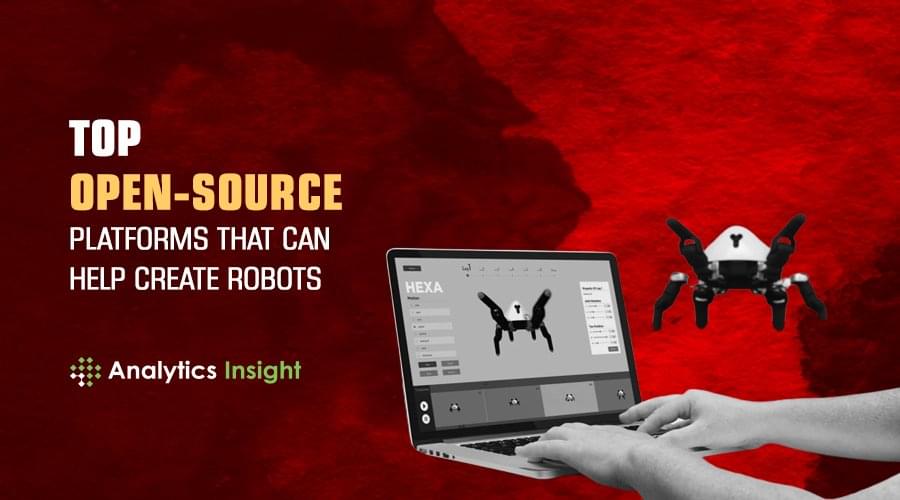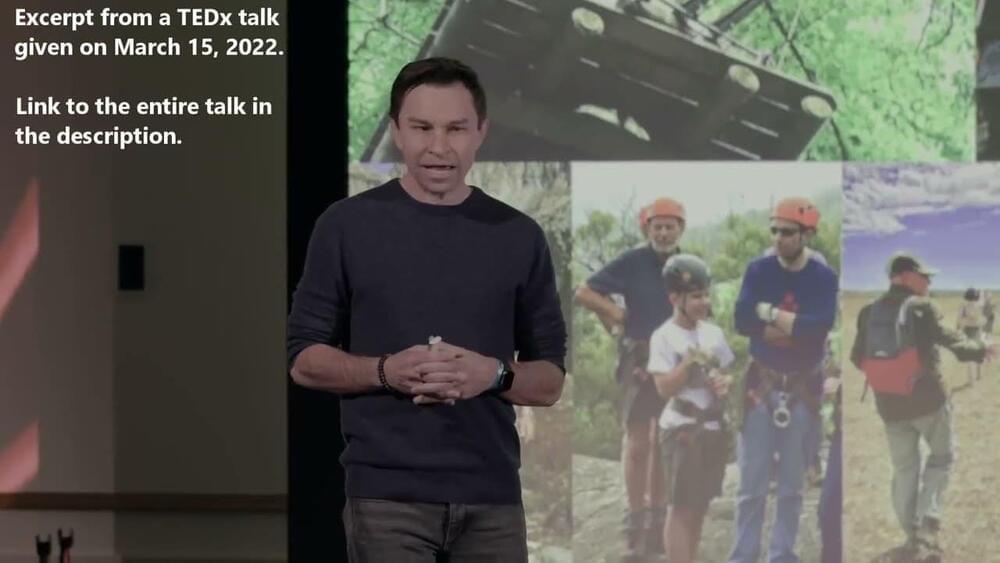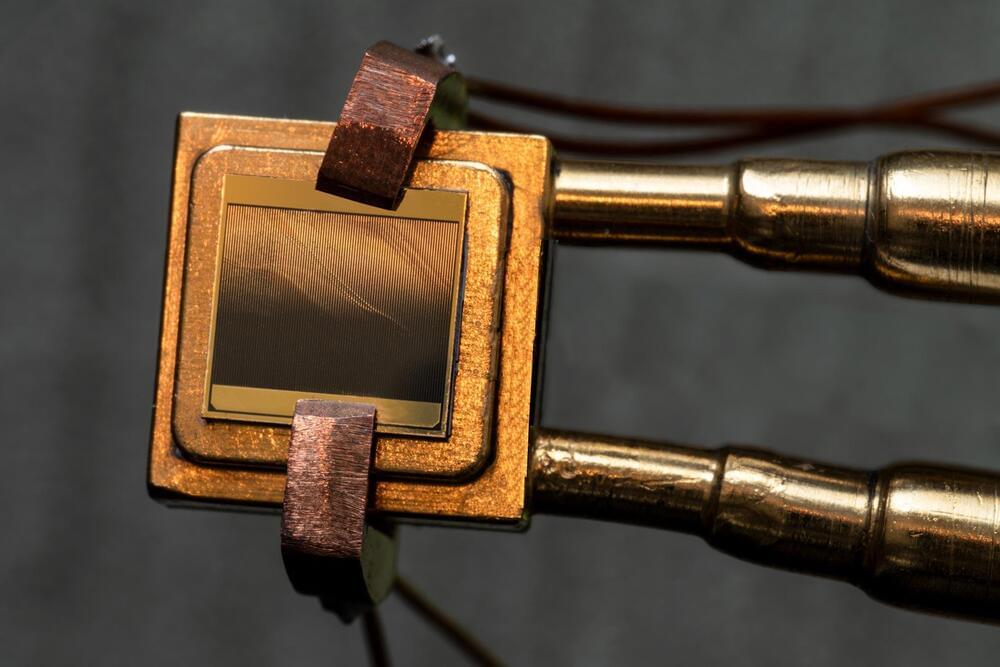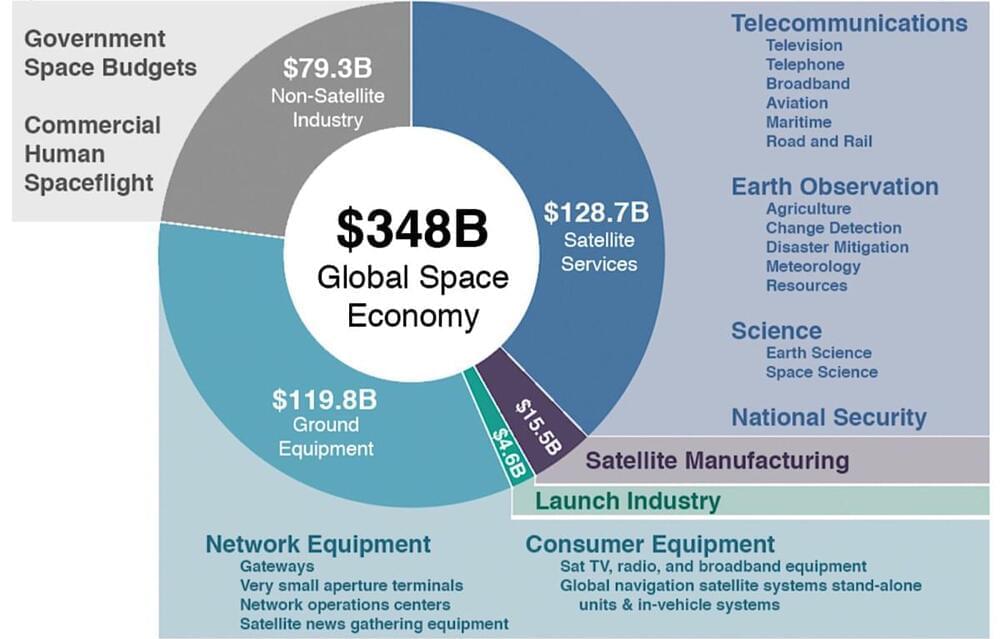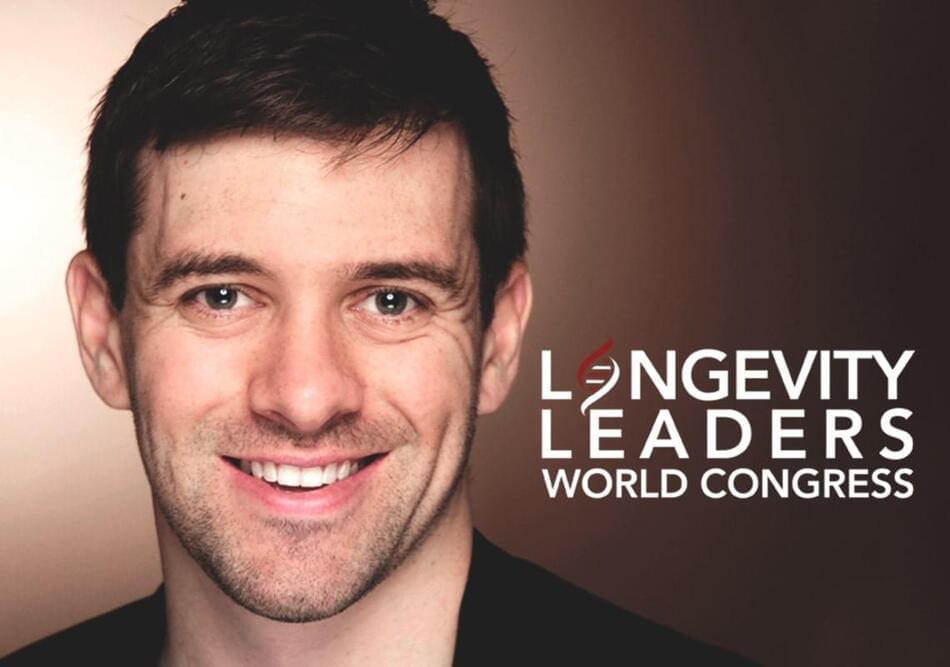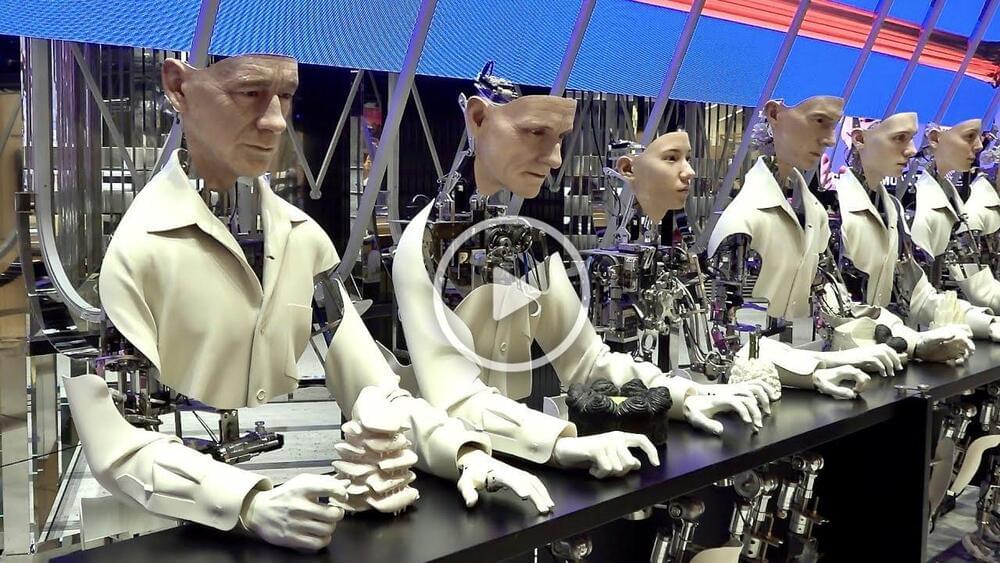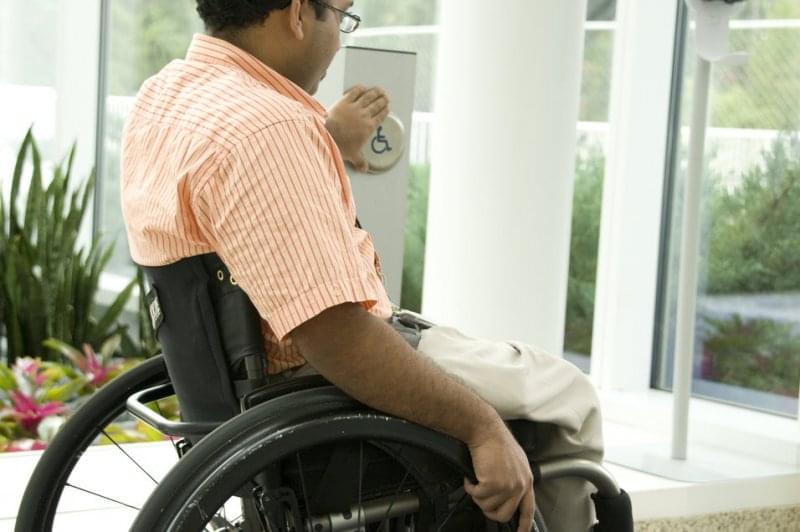One multi-task performing robot can create an enormous difference in the cores of a business operation and its workflow. Over the past few years, robotics technology has risen and is still moving up the ladder, proving its worth by providing huge successes to businesses with increased productivity and customer retention rates.
These brave new robots are becoming a part of other technological changes and are moving towards enabling unprecedented opportunities for industries around the globe.
Every robot is an integration of sleek electronics and versatile software. Robots have to connect to real-life circumstances and perform based on predictive analytics about the situations that might occur in the future.
